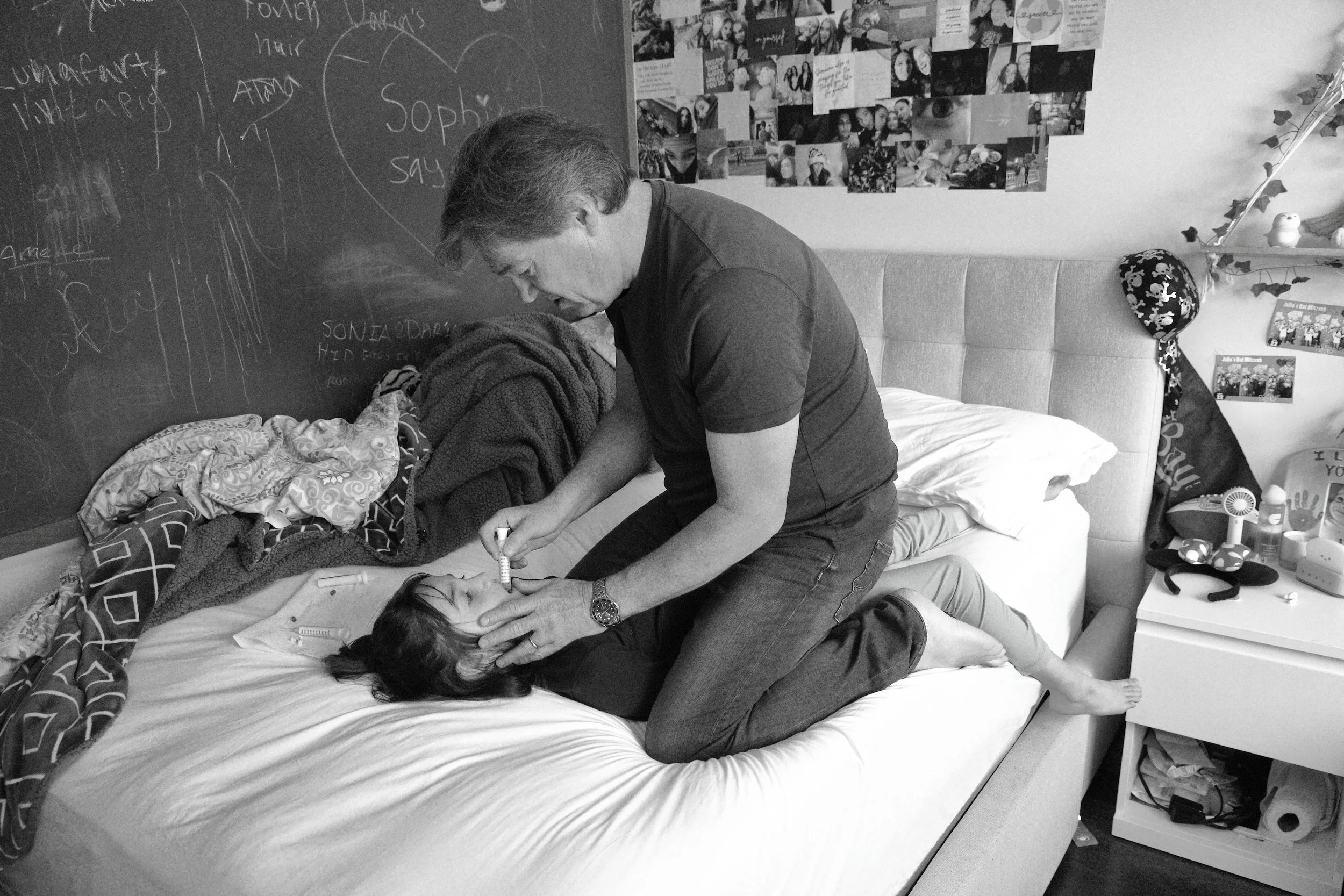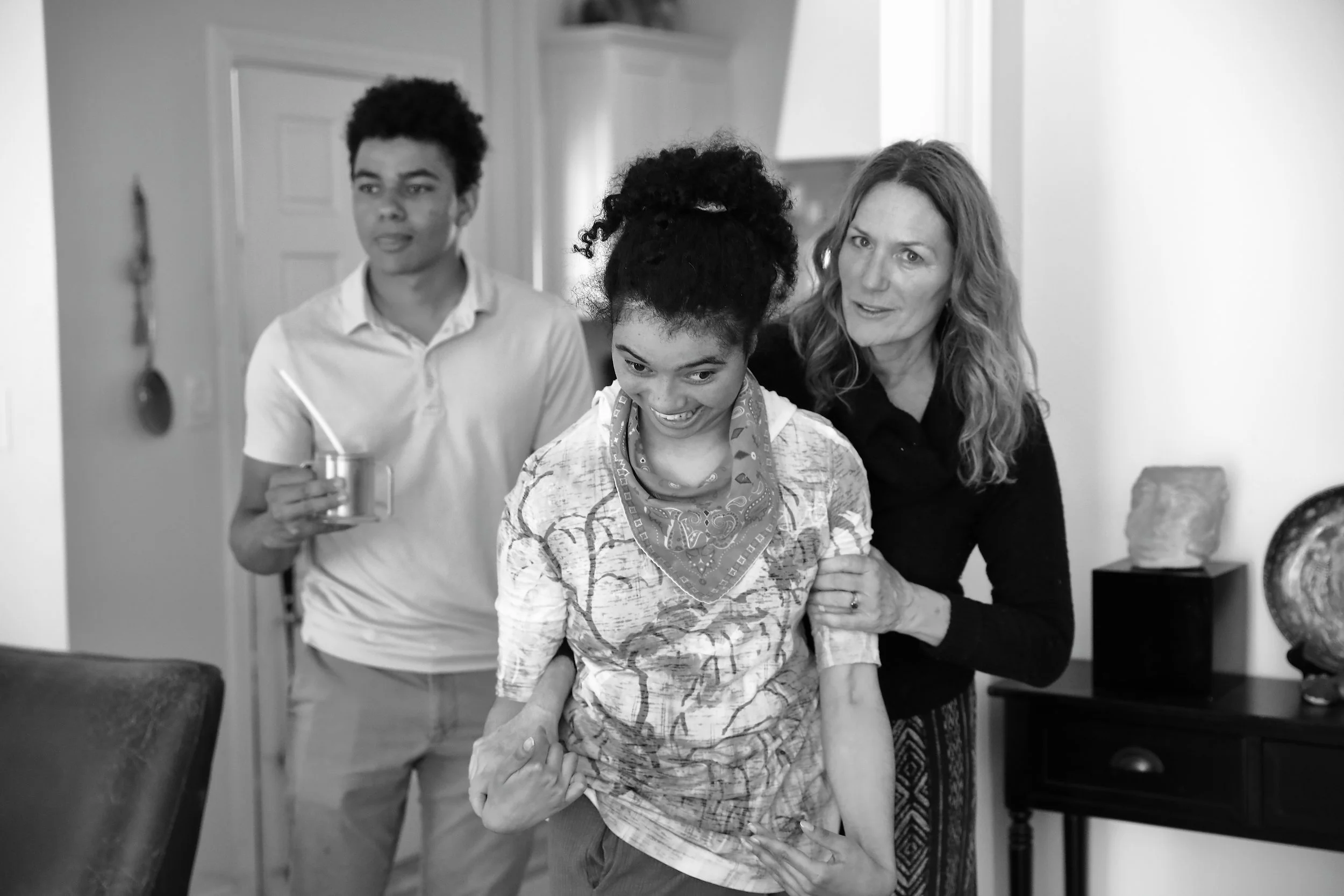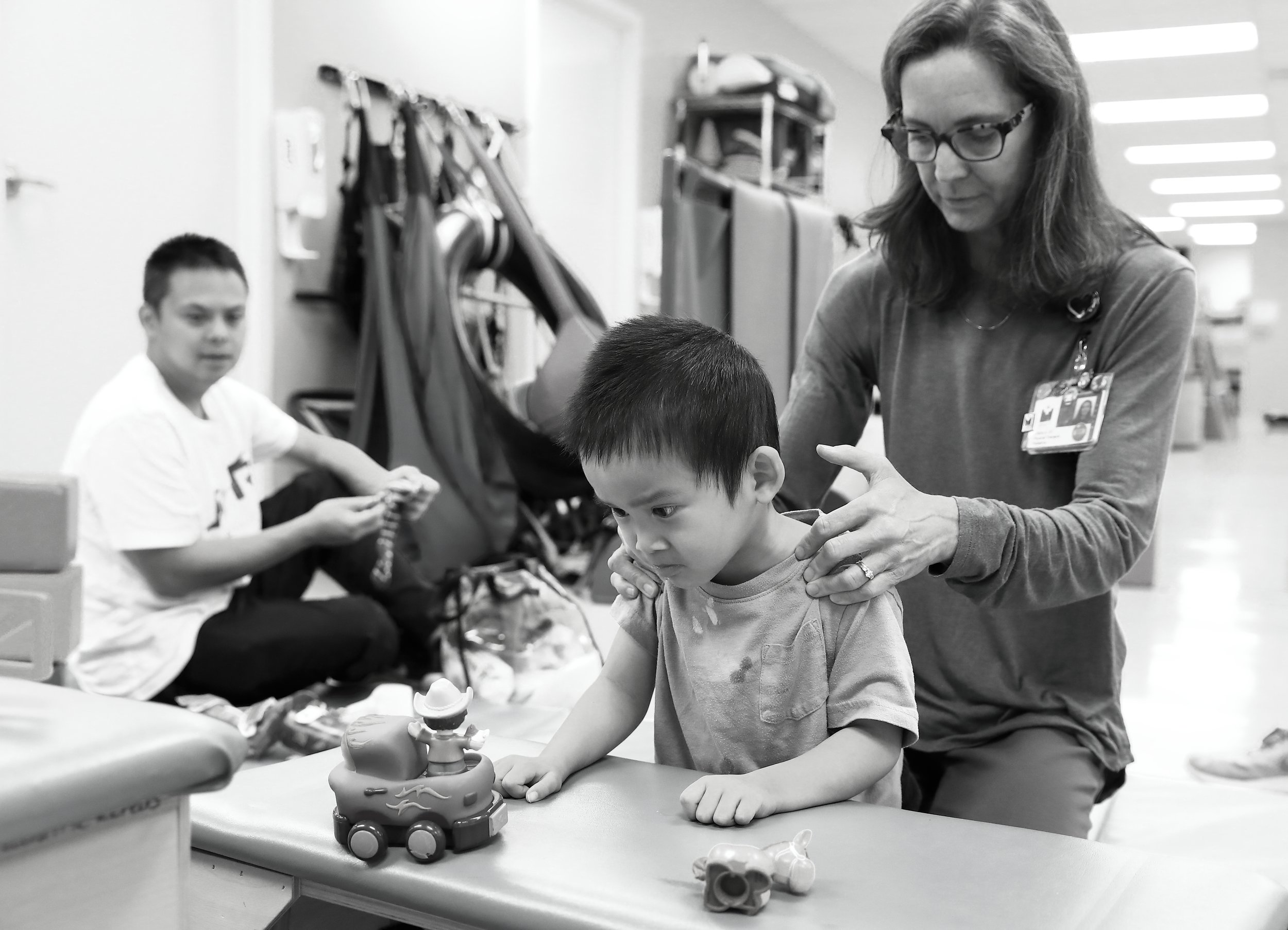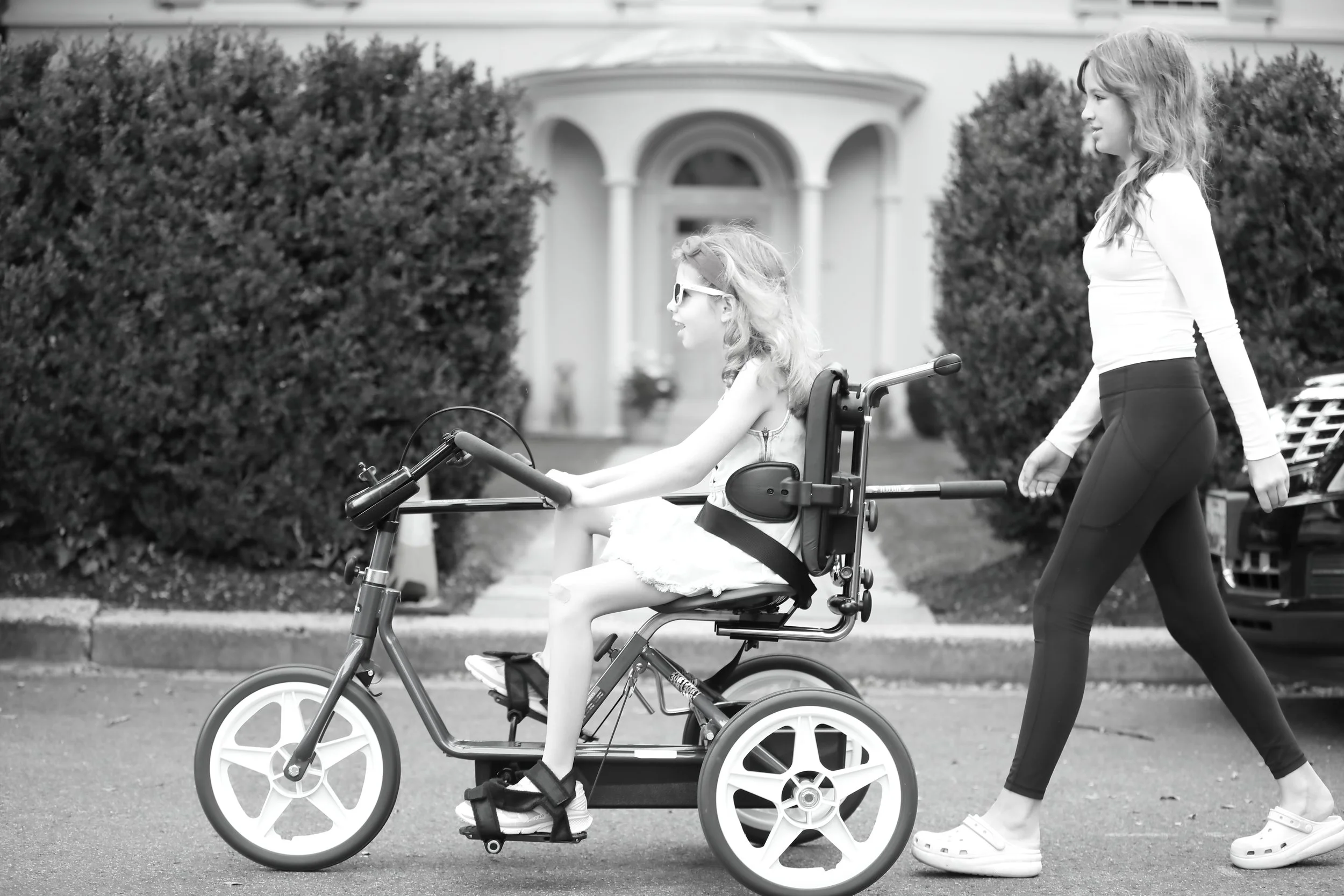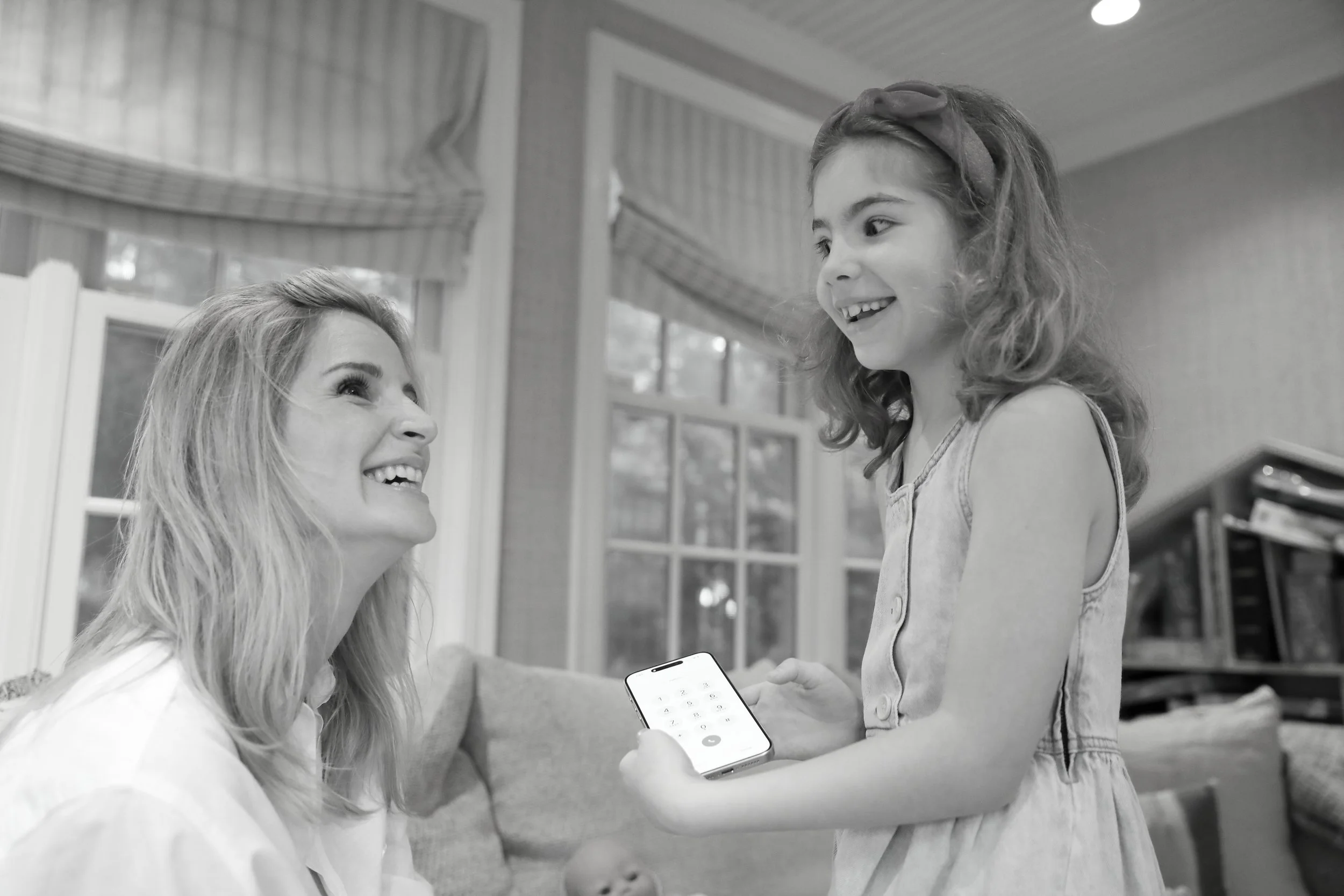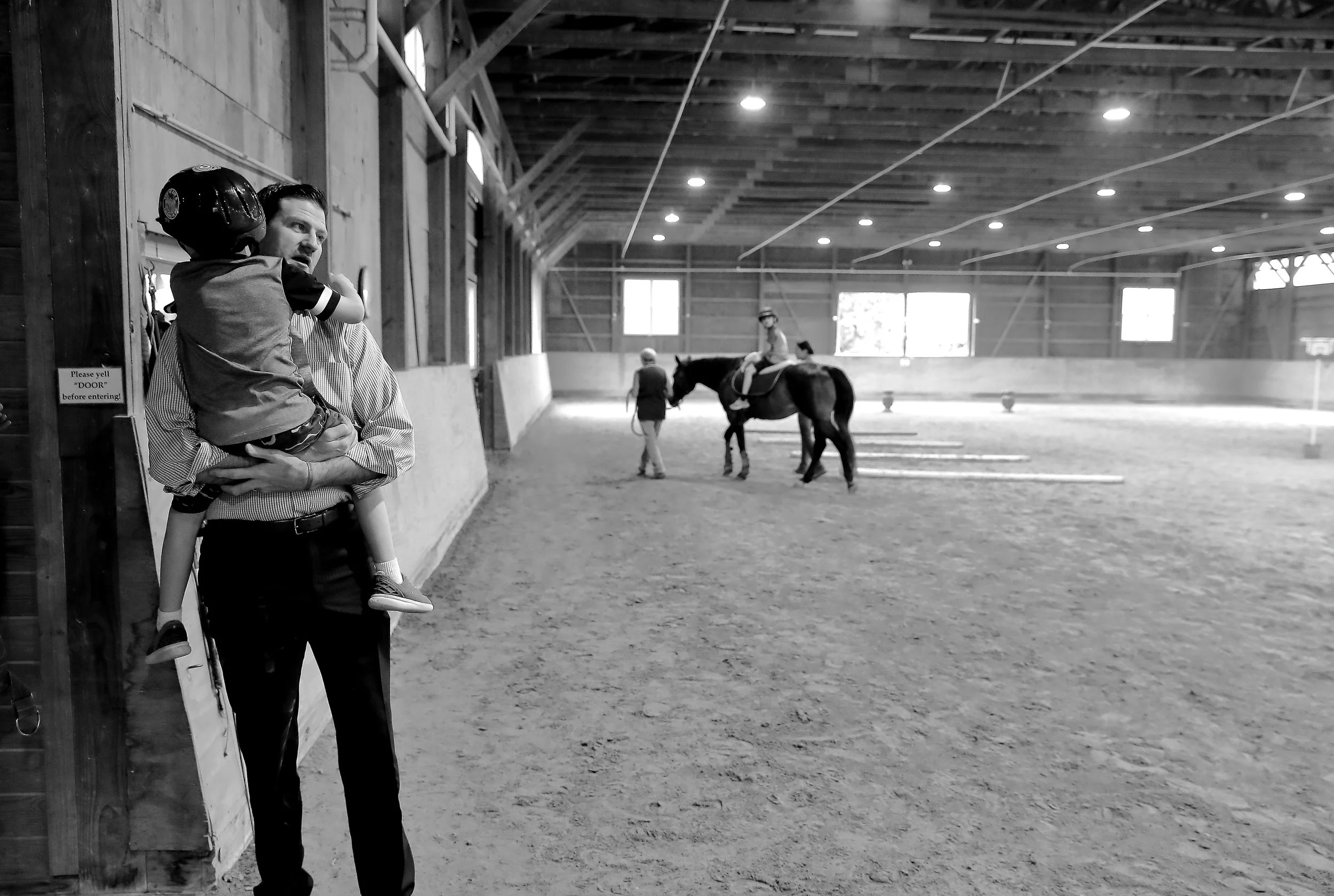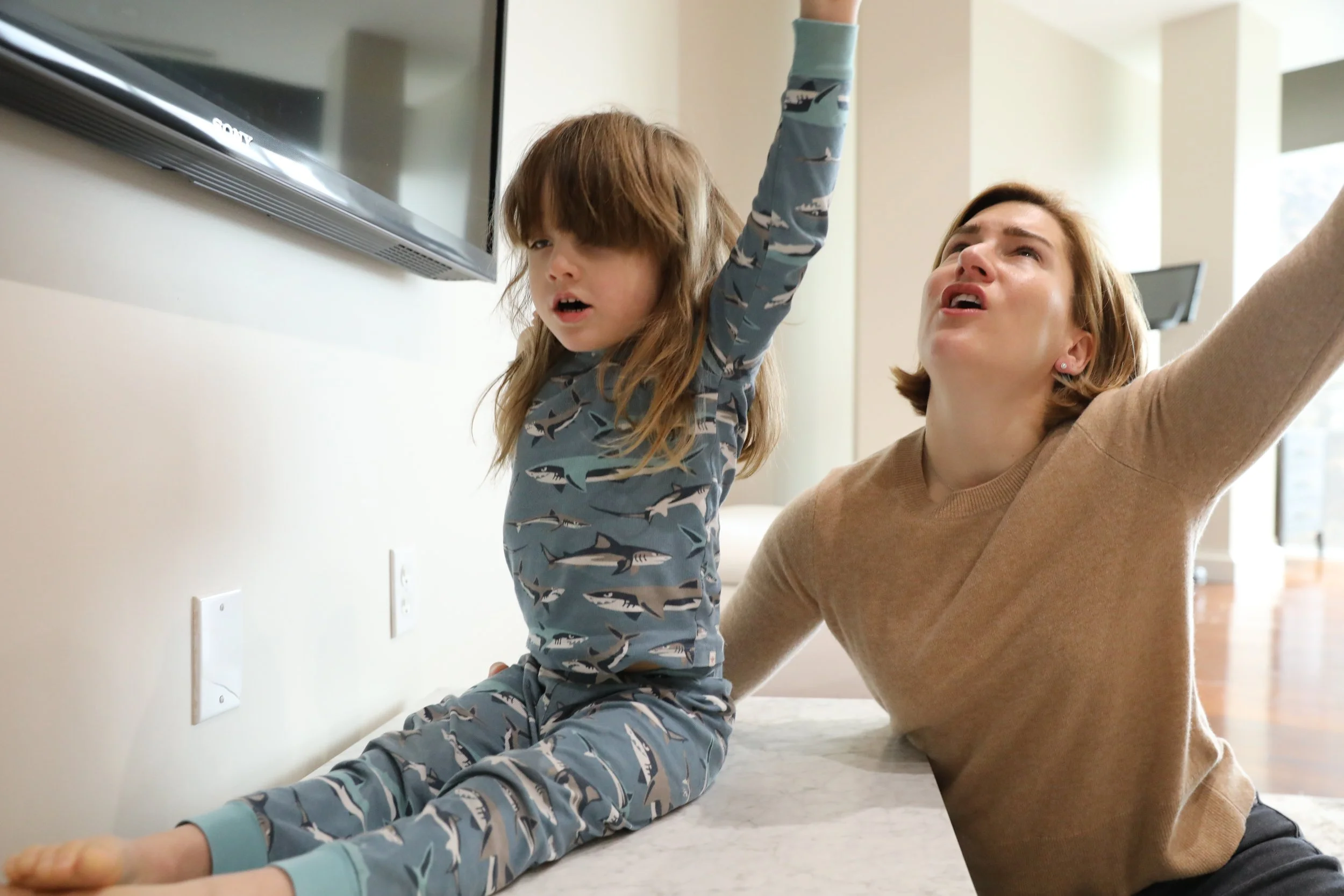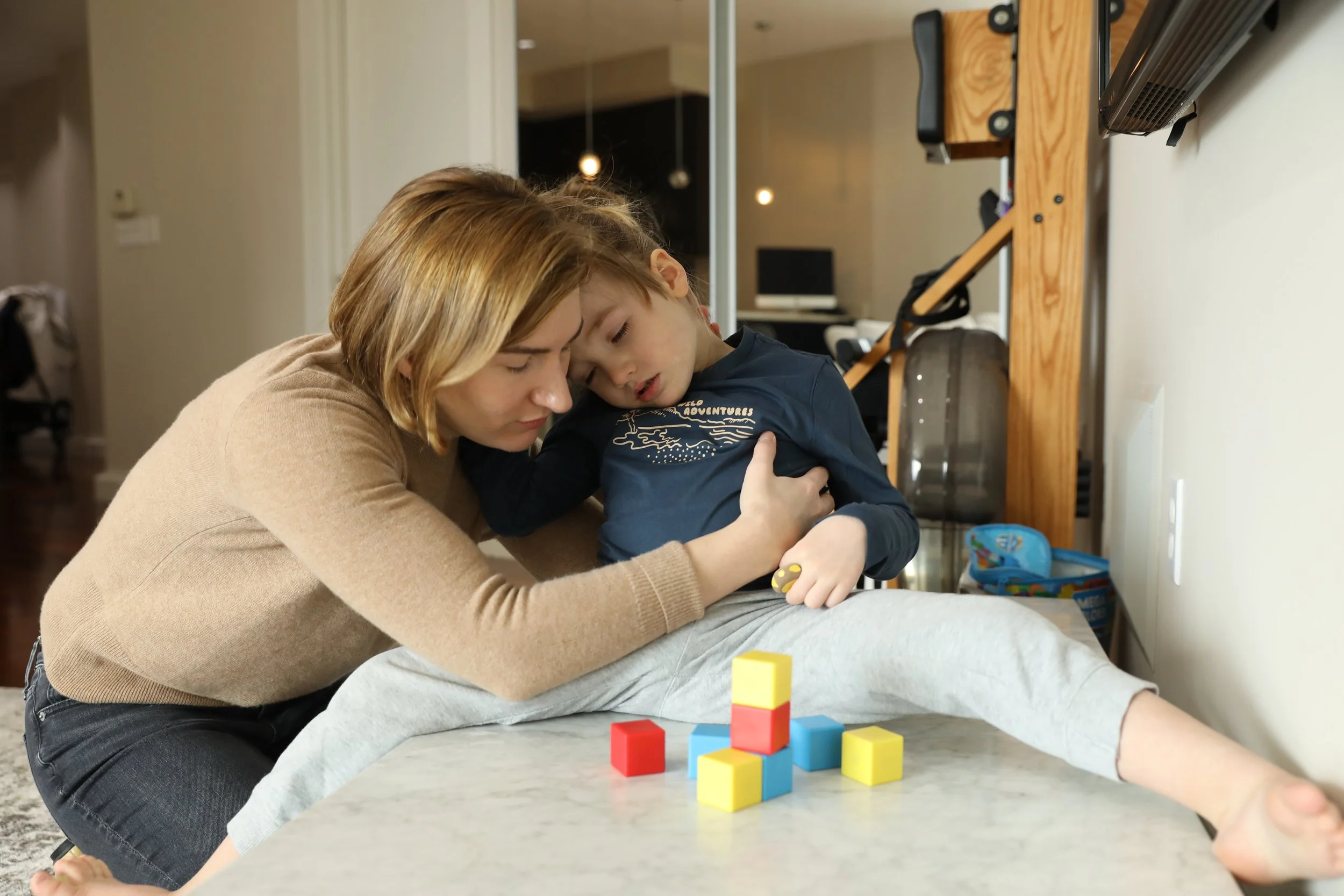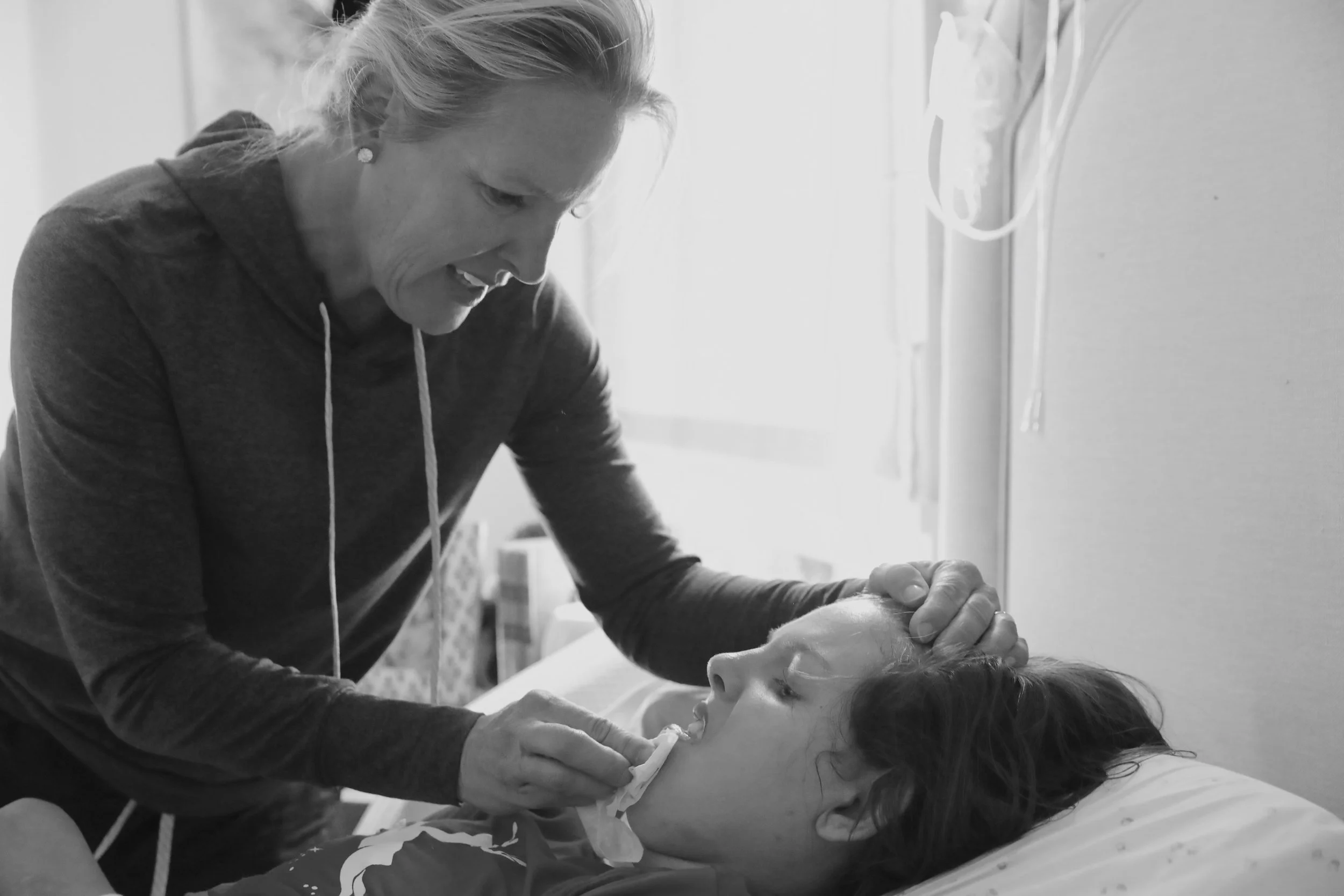01.10.2024
(1/6) In November 2016, as my six-year-old Mila lay weak in the hospital from a battery of tests, I raced through photos, articles and scientific papers online to find the answer to what was happening to my daughter. I had combed the internet for years with no luck, but just then, in the dark of the night with Mila in the hospital bed beside me, I came across a video of Charlotte Gray.
Like Mila, she was born at the end of 2010, had thick silky brown hair, big brown eyes and a mischievous laugh. Like Mila, I watched as she zipped around on her scooter, dove into the pool and smiled wide for the camera. Like Mila, she had taken a mysterious turn and began a rapid decline. And then she and her little sister Gwenyth were diagnosed with the fatal condition, Batten disease.
It was on the video when she tripped, holding her mother's hand, that made my heart stop. As she fell in an unusually rigid way, it was like watching Mila. The interview with her parents that followed drove the pain even deeper. "Most children don't live beyond the age of 12", Charlotte's mom Kirsten said. "Children lose their eyesight and become blind. Then they can't talk or walk, and they're basically bed-ridden. They're given a g-tube because they can't feed themselves because they lose their ability to eat. And then they die.", she continued, tears running down her face as she fought to speak.
Just days after watching the video, Mila too was diagnosed with the same devastating disease. Both girls were destined to die.
Charlotte's parents raced against time to stop their girls' disease and started one of the very first gene therapies to the brain. Because of their help and friendship, I was able to fight for Mila. Both girls were fortunate enough to be among the few who received treatment. But too many dominoes had fallen by then. They would become the pioneers who are helping those who follow.
A few weeks ago, Charlotte turned 13. She is the age Mila would have been today.
